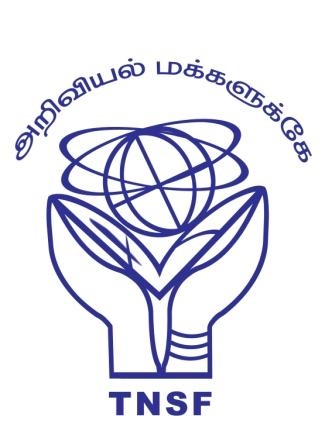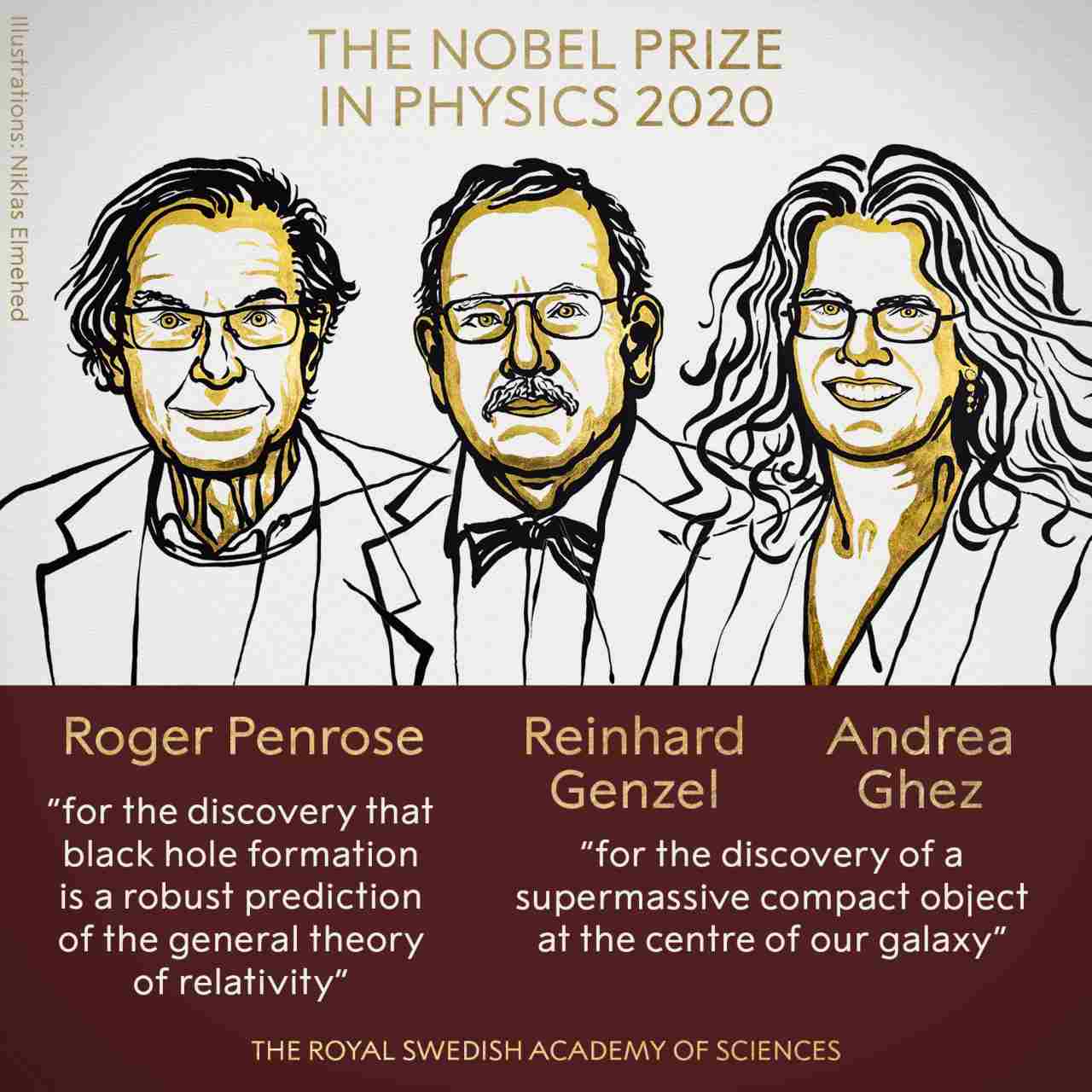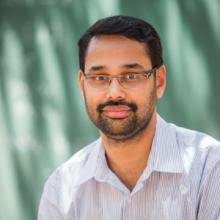About Program

This is part of its efforts to popularize science to the General Public and Students who are pursuing science as their career. TNSF attempt to focus on students on higher science as everyone knows
that learning of science at college within the curriculum is not enough to acquire holistic knowledge of science at the appropriate time. Hence, to fill the gap between what students are acquiring through the curriculum and what
it is required, TNSF is planning its activities on higher science to students who are pursuing higher education.

Three Laureates share this year’s Nobel Prize in Physics for their discoveries about one of the most exotic phenomena in the universe,
the black hole. Roger Penrose showed that the general theory of relativity leads to the formation of black holes. Reinhard Genzel and Andrea Ghez
discovered that an invisible and extremely heavy object governs the orbits of stars at the centre of our galaxy.
A supermassive black hole is the only currently known explanation.
